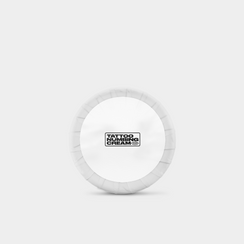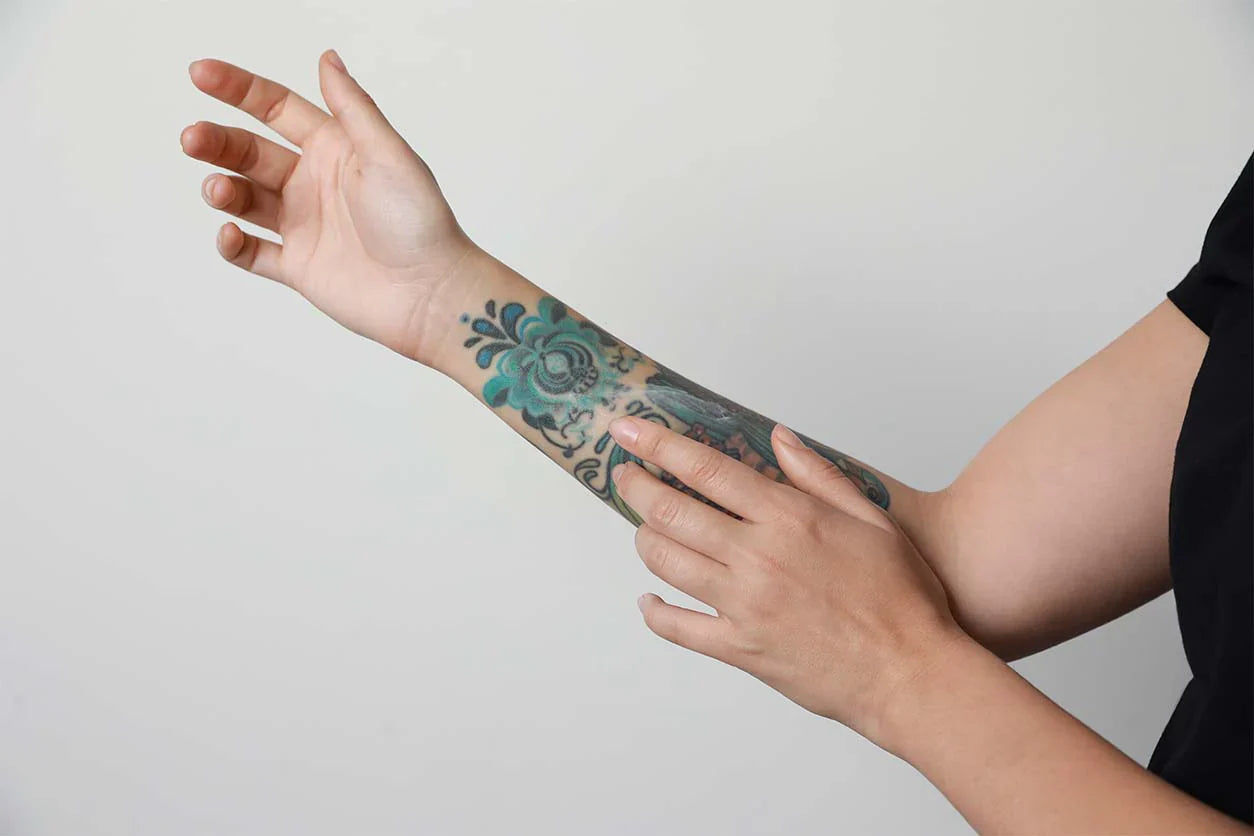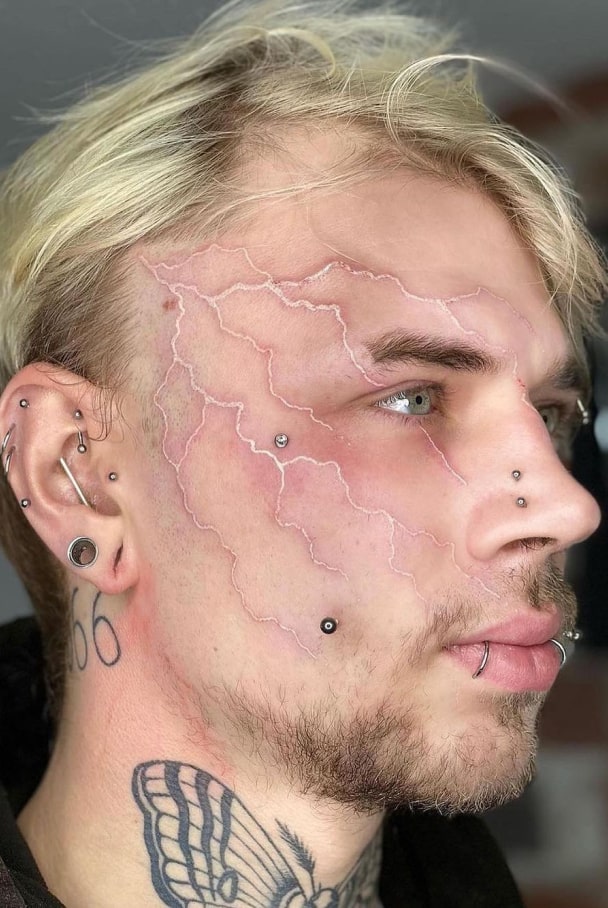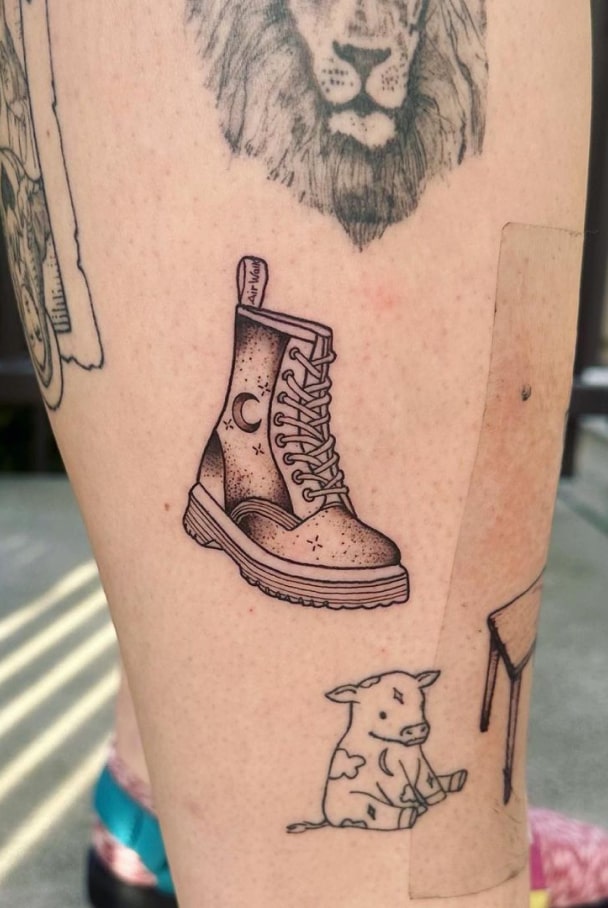Vaccinations play a crucial role in protecting against infectious diseases, but for some people, the fear of needles can make the vaccination process daunting. In recent years, there has been growing interest in using numbing creams to alleviate the pain and discomfort associated with vaccinations. Here, we’re going to look at this in more detail and explore the use of numbing creams for vaccines, including their effectiveness, safety considerations, and practical tips for a comfortable vaccination experience.
Understanding Numbing Creams
The first thing to understand is how numbing creams work. Numbing creams, also known as topical anaesthetics, are formulations designed to temporarily numb the skin's surface, reducing the sensation of pain or discomfort. These creams typically contain active ingredients which work by blocking nerve signals in the skin, effectively dulling the pain receptors. Simply apply to the desired area, wait for the numbing cream to work, and enjoy a numbing sensation that will typically last for up to 3 hours.
Effectiveness of Numbing Creams for Vaccines
The uses of tattoo numbing creams extend further than just ink. Using your numbing cream for piercings or vaccinations is also common as it can be effective in reducing the pain and discomfort associated with needle injections. Applying a numbing cream to the injection site before the vaccination can help desensitise the skin and make the needle insertion less painful. This is great news for anyone who suffers from a fear of needles, or just hates the thought of getting injections.
What Are The Safety Considerations?
Allergic Reactions
Individuals may be allergic to certain ingredients in numbing creams. Before applying the numbing cream to the injection site, perform a patch test on a small area of the skin to check for any adverse reactions. Signs of an allergic reaction may include redness, swelling, itching, or rash formation. If you experience any of these symptoms, discontinue use of the numbing cream and consult with a healthcare professional.
Application Technique
Make sure to always follow the manufacturer's instructions for applying the numbing cream carefully. Cleanse the skin thoroughly before application to remove any dirt or oils that may interfere with absorption. Apply a thin, even layer of numbing cream to the injection site, and avoid applying it to broken or irritated skin. Once applied, cover the area with a bandage or plastic wrap to enhance absorption and prevent the cream from rubbing off. Once the stated wait time is up and the area has lost sensation, you’re all good to go!
Potential Interactions
Some individuals may be taking medications or have medical conditions that can interact with numbing creams. Before using a numbing cream for a vaccination, consult with your healthcare provider, especially if you have a history of allergies, skin conditions, or other medical concerns. Your healthcare provider can provide personalised guidance and ensure that the numbing cream is safe and appropriate for you to use. Always better to be safe than sorry.
Duration of Effectiveness
Numbing creams typically take 30 minutes to an hour to reach their maximum effectiveness. It's essential to plan ahead and apply the numbing cream to the injection site with enough time before the vaccination appointment. Additionally, be mindful of the duration of numbing effects, as they may wear off over time. If the vaccination appointment is delayed or prolonged, consider reapplying the numbing cream as needed to maintain comfort.
Communication with Healthcare Provider
Inform your healthcare provider that you'll be using a numbing cream for the vaccination. They can provide guidance on the best application technique and ensure that the vaccination is administered safely and effectively. Your healthcare provider can also monitor for any signs of adverse reactions or complications during and after the vaccination.
Practical Tips for Using Numbing Creams for Vaccines
To maximise the effectiveness and safety of numbing creams for vaccines, consider the following practical tips:
- Apply the Cream in Advance: Apply the numbing cream to the injection site at least 30 minutes before the vaccination appointment to allow sufficient time for it to take effect.
- Cover the Area: Cover the numbed area with a bandage or plastic wrap to enhance absorption and prevent the cream from rubbing off before the vaccination.
- Communicate with Healthcare Provider: Inform your healthcare provider that you'll be using a numbing cream for the vaccination. They can provide guidance on the best application technique and ensure that the vaccination is administered safely and effectively.
- Check the Expiry Date: Your numbing cream will have an expiry date on it, so always check this before using it. Out-of-date cream might be less effective or may even cause irritation and allergic reactions in some rarer cases.
Injections With No Pain, All Gain
Numbing creams can be a valuable tool for reducing the pain and discomfort associated with vaccines. By following safety considerations and practical tips for using numbing creams, you can enhance your vaccination experience and ensure a smooth and comfortable process. However, it's essential to consult with your healthcare provider before using numbing creams for vaccines, especially if you have any underlying medical conditions or concerns about potential interactions.
Looking to invest in some tattoo numbing cream for an injection? All of our products give up to 3 hours of pain-free numbness and are the perfect solution for making vaccinations less uncomfortable. Shop for yours online today and say goodbye to unwanted needle pain.








